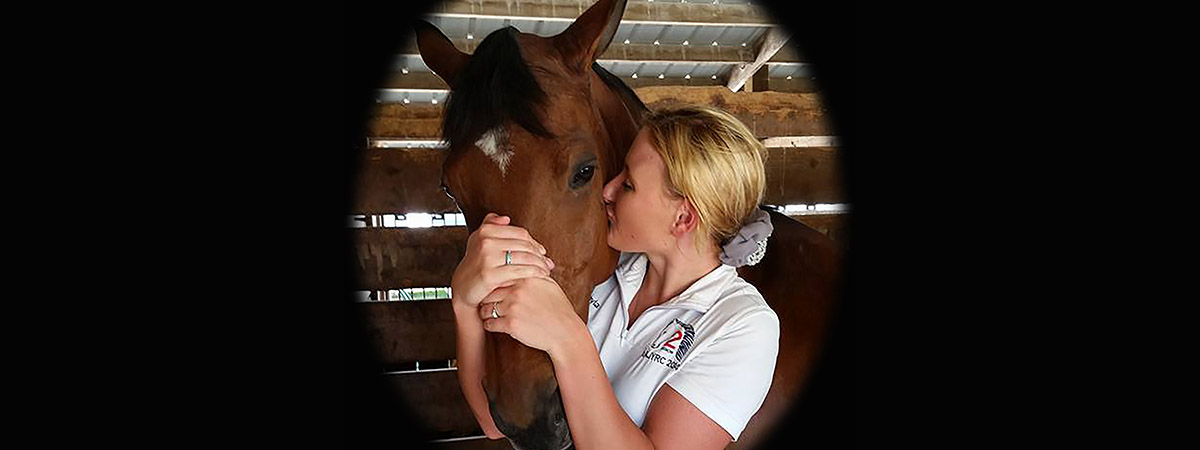By Helen Judziewicz
Ensuring that 60 horses stay healthy every day may seem daunting. It can be at times, although when you know how to handle a situation, and the signs of a problem, you can manage. If I were asked about what is the most common health issue I’ve been faced with I’d have to say colic. It’s the same thing that you here about what babies suffer from, when parents stay up all night because their child had colic. The two can relate to each other because at times we do stay up all night monitoring our “children” in a colic situation.
Colic can be very painful. We usually see it occur when the temperature drops and during other extreme weather changes. I’ve also seen it occur when a horse is feeling stressed or has eaten something that upset them. The most important thing to know how to detect colic or any problem is what is normal for your horse. I’m talking temperature (98-100 degrees Fahrenheit), respiration (12-24 breathes per minute), and heart rate (24-36 beats per minute). There are other things that classify as normal. What does your horse eat in a day? How do they keep their stall? Do they usually lie down for long hours like that? Being so detail oriented, it’s easy for me to take note of our horses’ activity. If you aren’t used to noticing these things, it may be a good plan to discipline yourself to observe your horse’s activity. If need be, write your horse or horses’ normal behavior down. It’s helpful in more ways than one.
If your horse does seem distressed its time to take action and rule some things out. When I’m checking over a horse for colic I look for the common signs of pain (kicking at the stomach, biting his/her sides, and or trying to lay down). It can also be as simple as they haven’t eaten their food or passed manure. If they’re trying to constantly lie down, I take them and walk them around the arena; it helps prevent their actual intestines from flipping. We usually administer banamine when horses exhibit signs of distress in a colic situation. We only give banamine IV or orally, thankfully several of us know how to give an IV shot. After about 30-40 minutes after the banamine they should start to look a little more comfortable. If not, then I would make the call to the vet. There isn’t much you can do but have their stomach pumped and oiled. We monitor any of our sick horses (day and night if need be) and try to make them as comfortable as possible.
Colic can turn into a scary situation, but the earlier you are able to detect it, the better. Keeping track of your horse’s everyday routine is key. It is one of the essentials to keeping your horses happy and healthy. In a large barn like KYB it is important that everyone is aware of our horses behavior and that they know the right steps to take when a problem arises.




